Il procedimento del software per eliminare foto doppie basa sulla comparazione degli istogrammi per analizzare le somiglianze tra le immagini e identificare i duplicati.
Il confronto degli istogrammi è una tecnica utilizzata nell’elaborazione delle immagini per rappresentare la distribuzione dei valori dei colori in un’immagine. Viene creato un istogramma che mostra la raccolta dei pixel per ogni colore o intensità di colore. Confrontando gli istogrammi di due immagini, è possibile individuare somiglianze o differenze nei valori dei colori. Ciò consente al software di rilevare le immagini duplicate, anche se differiscono leggermente per dimensione o risoluzione.
La funzionalità del software per eliminare foto doppie si basa sulla comparazione degli istogrammi per identificare le somiglianze tra le immagini. Il software esegue una scansione dell’intero database delle immagini e confronta ciascuna immagine con tutte le altre per individuare le immagini duplicate. Questo processo può richiedere tempi diversi a seconda delle dimensioni del database delle immagini e delle prestazioni del software.
La metodologia del software per eliminare foto doppie si basa sulla comparazione degli istogrammi per individuare immagini visivamente simili e rintracciare le immagini duplicate.
È importante notare che il software per eliminare foto doppie può individuare non solo immagini duplicate, ma anche immagini simili con leggere variazioni. Ciò lo rende particolarmente utile per i fotografi che devono gestire e unire grandi quantità di immagini. Utilizzando questa software, possono gestire le loro raccolte in modo più funzionale e risparmiare spazio di archiviazione.
Il software per eliminare foto doppie di solito offre varie opzioni per la gestione delle immagini duplicate, come l’eliminazione, lo spostamento o la rinominazione. Alcuni programmi consentono anche di visualizzare le somiglianze tra le immagini e di effettuare una selezione manuale delle immagini da conservare o eliminare. Ciò dà all’utente il controllo sul processo e impedisce l’eliminazione accidentale di immagini importanti.
Come funziona un programma per eliminare foto doppie tramite l’hashing?
Il programma per l’identificazione di immagini duplicate utilizza algoritmi di hashing per creare impronte digitali univoche per ogni immagine e riconoscere bene i duplicati.
Oltre a ciò, ci sono diversi algoritmi utilizzati in tali programmi per rilevare le immagini duplicate. Uno degli approcci più convincenti è il cosiddetto hashing, basato su una funzione matematica che genera un’identificazione unica per ogni immagine. Confrontando questi valori di hash, è possibile identificare immagini duplicate o simili.
L’hashing è un metodo diretto per trovare immagini duplicate, poiché accelera il confronto tra immagini dividendo in blocchi di dati più piccoli e confrontandoli a blocchi. Ciò velocizza il processo di confronto delle immagini e migliora le prestazioni del programma.
Il programma per eliminare foto doppie utilizza algoritmi di hashing per creare impronte digitali univoche delle immagini e trovare immagini duplicate basate su queste impronte digitali.
Un buon programma per eliminare foto doppie dovrebbe essere user-friendly e garantire un’operatività avanzata. Dovrebbe anche fornire soluzioni per adattare il confronto delle immagini e stabilire criteri specifici per identificare immagini duplicate. Inoltre, il programma dovrebbe essere in grado di supportare diversi formati di immagini e di eseguire ricerche veloci e accurate.
Un altro aspetto importante nell’uso di un programma per l’identificazione di immagini duplicate è la privacy. È importante garantire che il programma non estragga o memorizzi dati personali o metadati dalle immagini. Le politiche sulla privacy dovrebbero essere attentamente valutate prima di utilizzare un tale programma.
Nell’era digitale sostenibile in cui siamo costantemente bombardati da un flusso di immagini, un programma per eliminare foto doppie può essere una risorsa preziosa per mettere in ordine la nostra raccolta di immagini. Non solo risparmia spazio di archiviazione, ma aiuta anche a mantenere il controllo sulle nostre foto e a organizzarle in modo efficace.
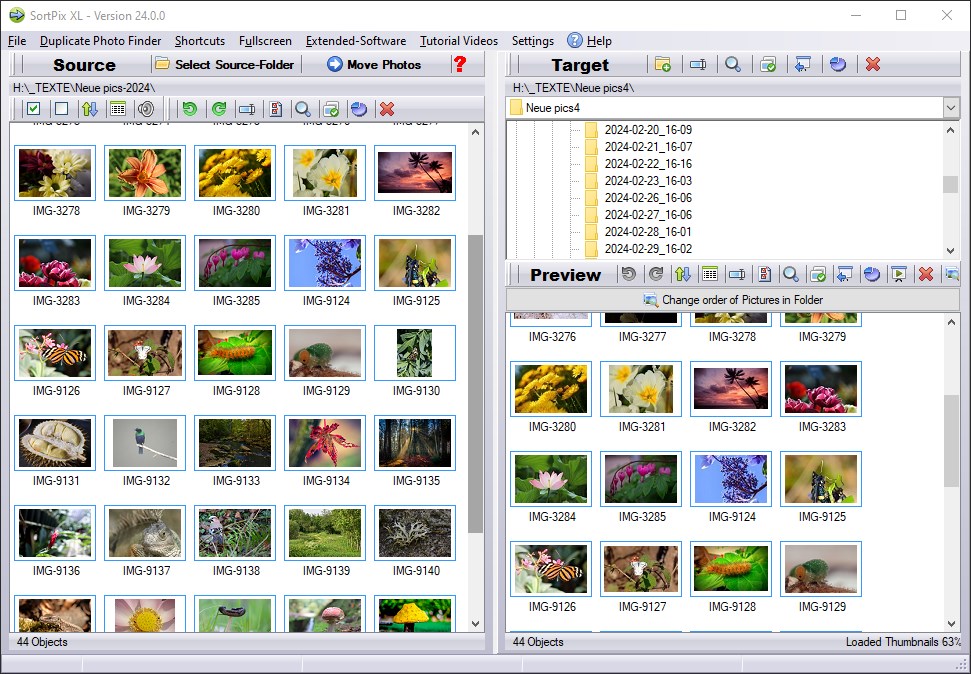
I molteplici utilizzi del software per eliminare foto doppie
Il software per individuare immagini duplicate utilizzando le funzioni viene spesso utilizzato sui computer per identificare e rimuovere i duplicati.
Uno dei campi di applicazione del software per eliminare foto doppie è la gestione delle raccolte di immagini. Molte persone hanno una vasta gamma di immagini sui loro computer che nel tempo possono diventare disordinate. Con il software per eliminare foto doppie, gli utenti possono rapidamente esaminare le loro raccolte di immagini e identificare ed eliminare immagini duplicate o simili per ottimizzare lo spazio di archiviazione e organizzare le loro collezioni.
Un altro utilizzo significativo dello strumento per eliminare foto doppie è il backup delle immagini. Quando gli utenti eseguono regolarmente il backup delle loro immagini, possono garantire che i loro preziosi ricordi e file di lavoro siano sicuri e protetti. Utilizzando il software per eliminare foto doppie, gli utenti possono identificare e eliminare rapidamente le immagini duplicate dai loro backup per gestire lo spazio di archiviazione e migliorare l’efficienza delle loro operazioni di backup.
Il software per eliminare foto doppie viene utilizzato nella fotografia, nell’industria dei media per la gestione di grandi database di immagini e a livello personale per la pulizia delle collezioni di foto.
Un ulteriore campo di utilizzo del software per eliminare foto doppie è il miglioramento delle prestazioni delle applicazioni di elaborazione delle immagini. Quando un’applicazione di elaborazione delle immagini deve gestire immagini duplicate, ciò può compromettere le prestazioni dell’applicazione e portare a operazioni più lente. Utilizzando il software per eliminare foto doppie, gli utenti possono identificare e eliminare rapidamente le immagini duplicate per migliorare le prestazioni delle loro applicazioni di elaborazione delle immagini e consentire flussi di lavoro più fluidi.
Un’altra caratteristica vantaggiosa del software per eliminare foto doppie è l’ottimizzazione delle raccolte di foto. Se un sito web contiene numerose immagini duplicate, ciò può rallentare il tempo di caricamento della pagina e influire sull’esperienza dell’utente. Con il software per eliminare foto doppie, i web developer possono rapidamente identificare e eliminare le immagini duplicate dai loro siti web per migliorare i tempi di caricamento e l’esperienza dell’utente.

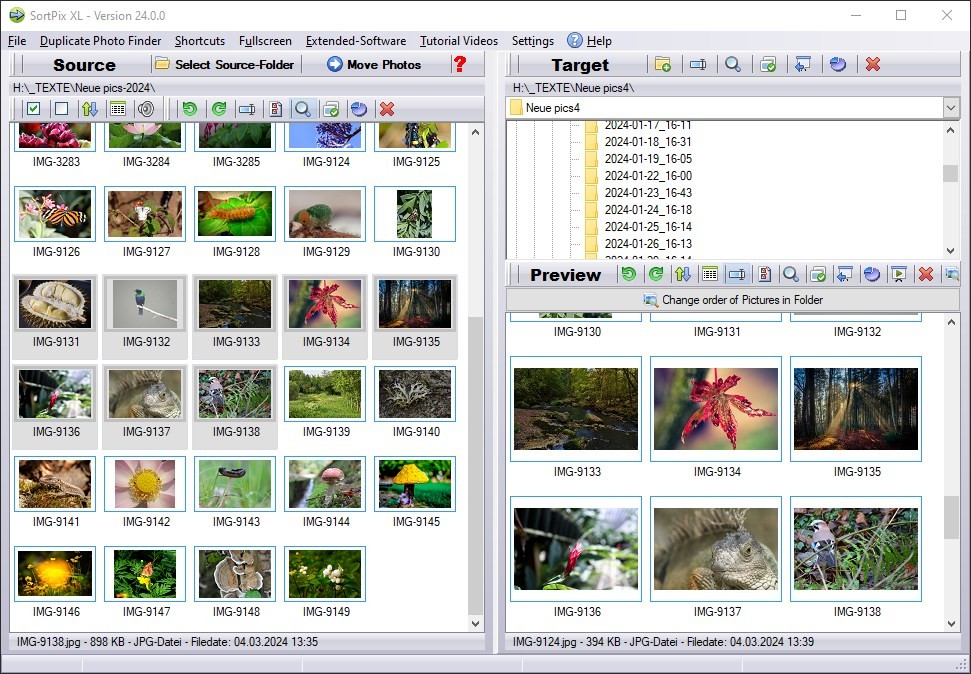
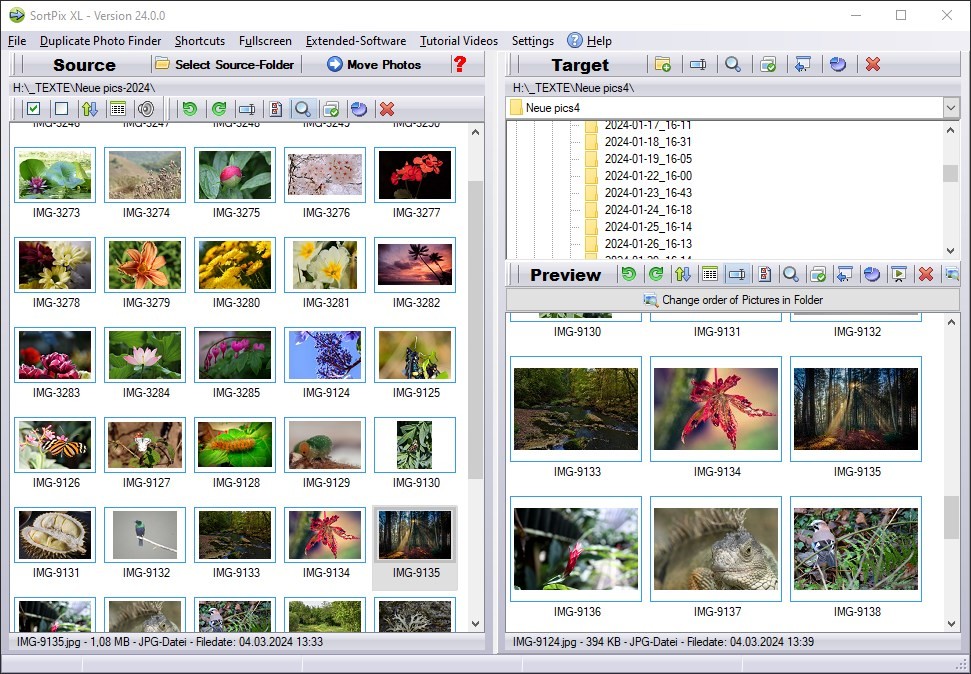
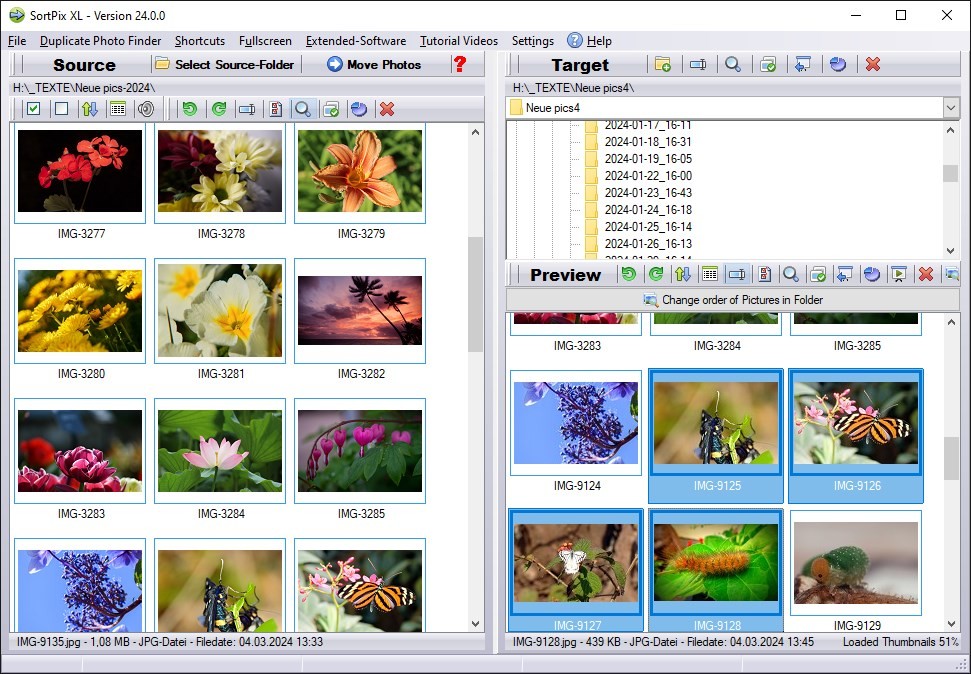
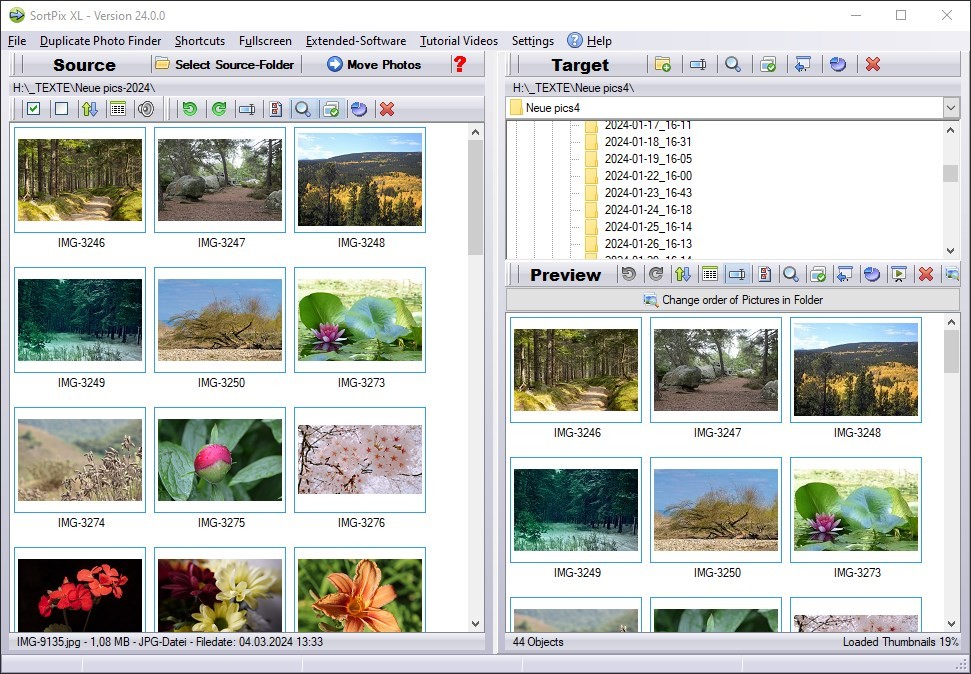
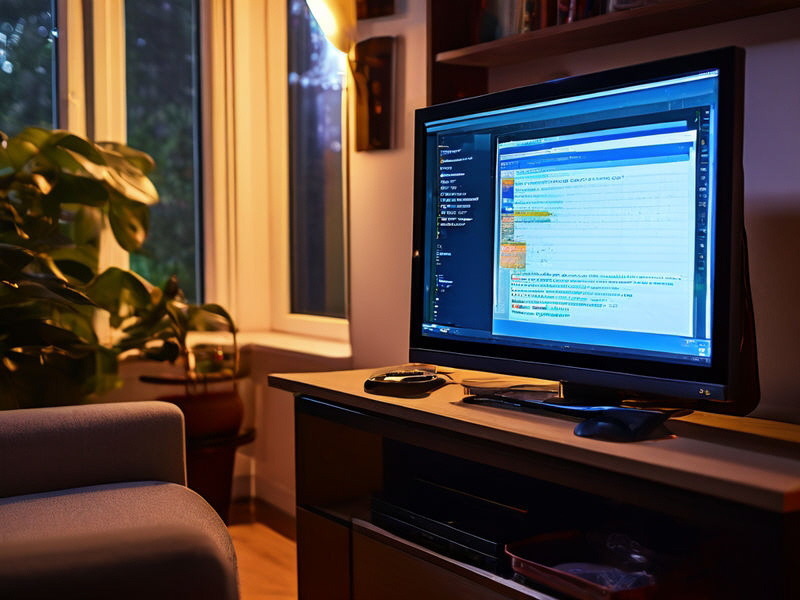
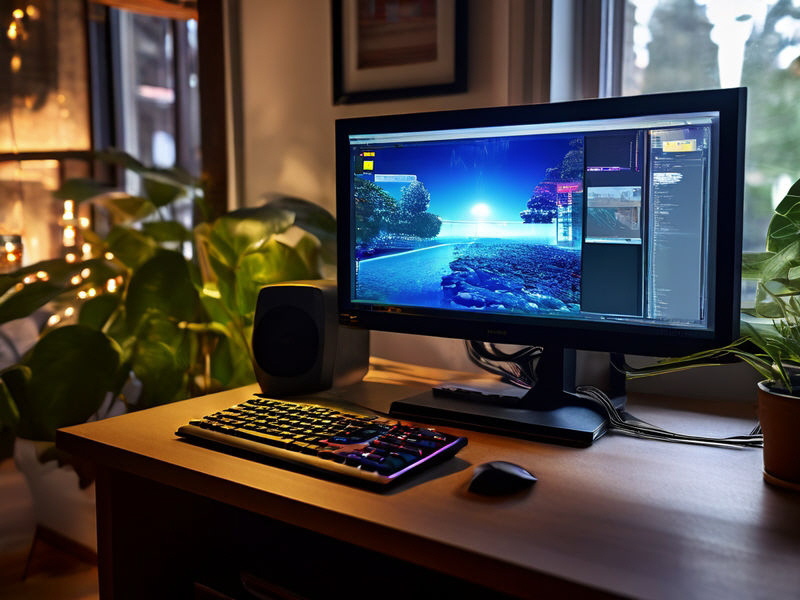

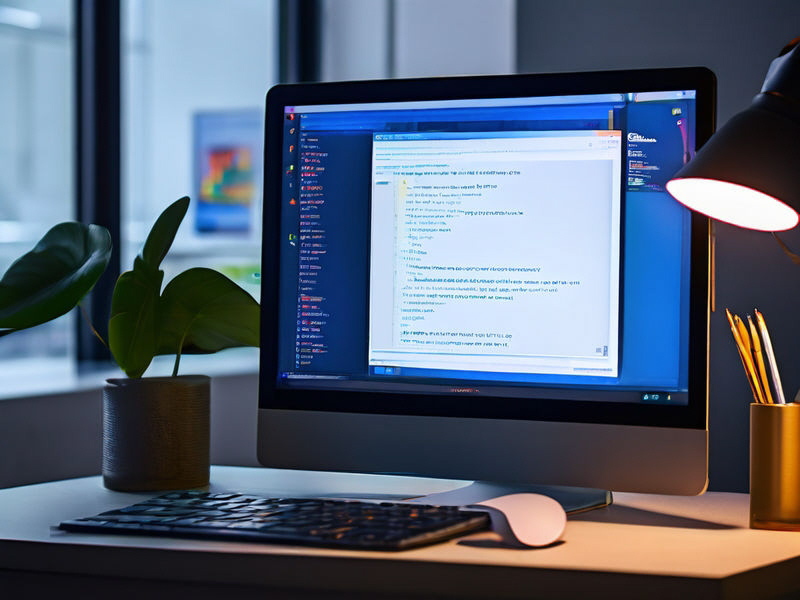
 Foto zeigt das PC automatisch herunterfahren
Foto zeigt das PC automatisch herunterfahren